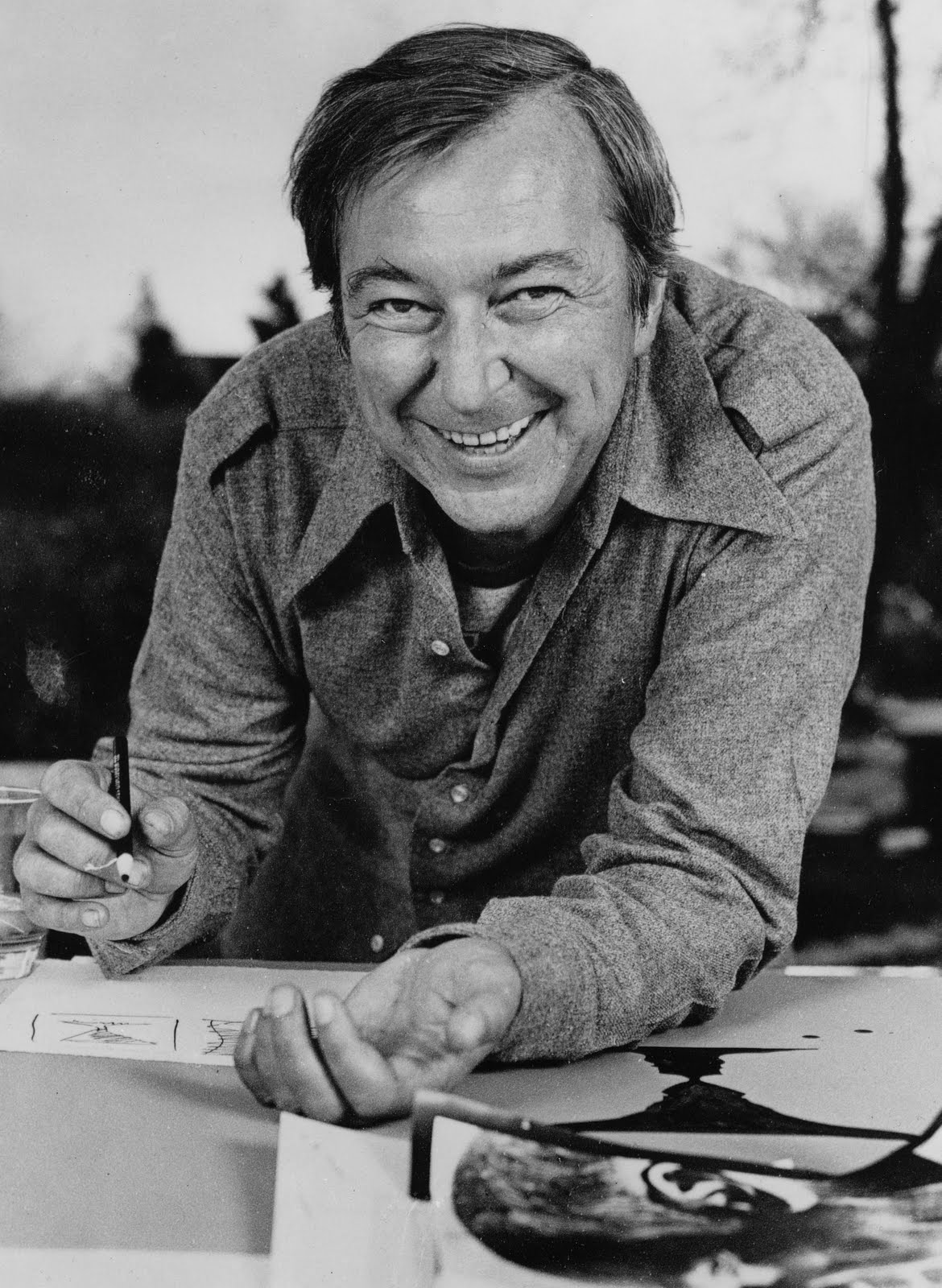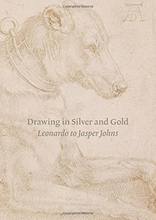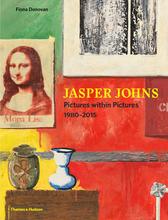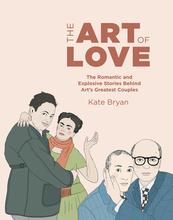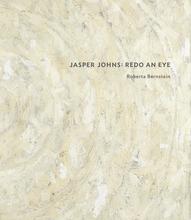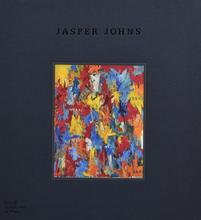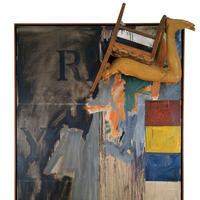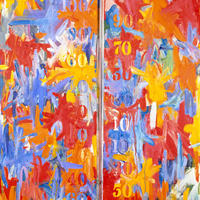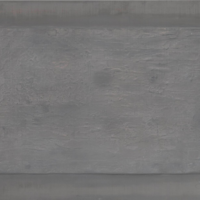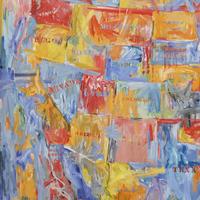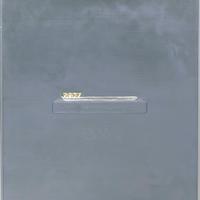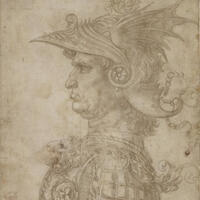More about Jasper Johns
- All
- Info
- Shop
Works by Jasper Johns

Contributor
Jasper Johns is taking names and playing art games.
Jasper Johns was born in 1930s Georgia, and like any good American boy of his generation, he served two years in the army before moving to New York in 1953 to pursue his artistic dreams. There he met some of his most profound influences, Robert Rauschenberg, Merce Cunningham and John Cage, the Rat Pack of the 1950s art movement. With this crew, he went from those Georgia boy beginnings to becoming the great artist we know today, some would even say the father of Pop Art. He helped to create one of the most iconic art movements of the 20th century. By concentrating on process and appropriating cultural icons, he changed the art world forever.
Johns was dedicated to repainting and resculpting discernible imagery like signage, flags, targets and other seemingly common objects. This was the ideal jumping off point to move art from the Expressionist distortion of the world towards a new-found, commercial and recognizable realm known as Pop Art.
Despite his intense focus, his career didn’t truly kick off until he got into bed - literally and figuratively - with Rauschenberg, who showed him off and got him his first solo show in New York in 1958. Although his dramatic love affair was passionate and unruly, Johns’ artistic technique stressed conscious control over the process and product rather than giving in to spontaneity. Even the objects of his works were controlled, derived from “things the mind already knows” like his famous flags and targets made out of oil, encaustic, ink, collage and relief. Johns adored using recognizable, mass culture objects in order to leave all essential things - life, art, and love - up to the limitless game of reinterpretation.
Sources
- “Jasper Johns: Biography.” Artnet. Accessed April 9, 2017. http://www.artnet.com/artists/jasper-johns/biography
- “Jasper Johns (born 1930).” The Met. Accessed April 7, 2017. http://www.metmuseum.org/toah/hd/john/hd_john.htm
- “Jasper Johns: American Painter and Printmaker.” The Art Story. Accessed April 7, 2017. http://www.theartstory.org/artist-johns-jasper.htm
- “Jasper Johns and his paintings.” Jasper Johns. Accessed April 8, 2017. http://www.jasper-johns.org/
Featured Content
Here is what Wikipedia says about Jasper Johns
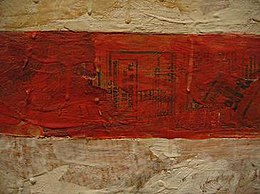
Jasper Johns (born May 15, 1930) is an American painter, sculptor, draftsman, and printmaker. Considered a central figure in the development of American postwar art, he has been variously associated with abstract expressionism, Neo-Dada, and pop art movements.
Johns was born in Augusta, Georgia, and raised in South Carolina. He graduated as valedictorian from Edmunds High School in 1947 and briefly studied art at the University of South Carolina before moving to New York City and enrolling at Parsons School of Design. His education was interrupted by military service during the Korean War. After returning to New York in 1953, he worked at Marboro Books and began associations with key figures in the art world, including Robert Rauschenberg, with whom he had a romantic relationship until 1961. The two were also close collaborators, and Rauschenberg became a profound artistic influence.
Johns's art career took a decisive turn in 1954 when he destroyed his existing artwork and began creating paintings of flags, maps, targets, letters, and numbers for which he became most recognized. These works, characterized by their incorporation of familiar symbols, marked a departure from the individualism of Abstract Expressionist style and posed questions about the nature of representation. His use of familiar imagery, such as the American flag, played on the ambiguity of symbols, and this thematic exploration continued throughout his career in various mediums, including sculpture and printmaking.
Among other honors, Johns received the Golden Lion at the Venice Biennale in 1988, the National Medal of Arts in 1990, and the Presidential Medal of Freedom in 2011. He was elected to the American Academy of Arts and Letters in 1973 and the American Philosophical Society in 2007. He has supported the Merce Cunningham Dance Company and contributed significantly to the National Gallery of Art's print collection. Johns is also a co-founder of the Foundation for Contemporary Arts. He currently lives and works in Connecticut. In 2010, his 1958 painting Flag was sold for a reported $110 million in a private transaction, becoming the most expensive artwork sold by a living artist.
Check out the full Wikipedia article about Jasper Johns

